Long-distance communication of the Internet of Things system of the Shenzhen Astronomical Observatory’s Level 2 Pressurized Pumping Station
Shenzhen Astronomical Observatory is located in Dapeng New District, Shenzhen, Guangdong Province, Nanao Street, Xichong Beach east side of the cliff top, in September 2010 completed and opened, by the Shenzhen Meteorological Bureau under the Shenzhen National Climate Observatory is responsible for the operation and management, covers an area of 29,700 square meters, construction area of 2,244 square meters, built astronomical dome, astronomical building, comprehensive building, meteorological building, observation field, public remote astronomical observation platform and science hall, etc., is based on optical astronomical observation and research, ground-based solar surface activity and high-resolution spectral observation research, It is also an observation and research outpost for disaster prevention and mitigation typhoon monitoring set up by the Shenzhen Meteorological Bureau.
(Above: Shenzhen Observatory)
The Shenzhen Observatory is built on the top of the mountain at an altitude of 185~224 meters. In order to improve the water supply of the Observatory, a two-stage pumping station was set up to provide relay pressurized water supply, and the second-stage pumping stations were built at the foot of the mountain and halfway up the mountainside to deliver the clear tap water to the top of the mountain. In order to facilitate users to monitor the operation status of the pressurized pumping station equipment at any time, and realize the remote control of the operation status of the pressurized pumping station equipment by mobile phones and PCs, KENFLO has configured the Internet of Things remote control system for this project. Considering the distance between the pumping station at the foot of the mountain and the pumping station halfway up the mountainside, KENFLO specially designed a long-range communication system to realize the ModBus bus communication without relay mode up to 1000 meters, and after debugging, the communication function is normal, and the data transmission rate meets the design requirements.
The main feature of this project is long-distance bus communication.
Considering the convenience of the management of the Internet of Things cloud platform, the convenience of cloud configuration, and the better simultaneity of data collection, which is convenient for data analysis, this project sets up an Internet of Things module, using the G780V2 module, through the 4G network, the data collected on site is transmitted to the Internet of Things cloud platform.
This requires that the data from the pump house at the foot of the mountain must be transmitted by bus to the IoT module located halfway up the mountain, which is a considerable distance. For Modbus communication, the communication distance of 1000 meters is a considerable distance, and it is usually necessary to add repeaters. But repeaters need power, and this project is laying cables and water supply pipes in the field, and it is difficult to provide power.
Through the unique design of KENFLO technicians, this project realizes long-distance Modbus communication in trunkless mode.
Modbus is a commonly used serial communication protocol that is widely used in the field of industrial automation. When using Modbus communication, baud rate and transmission distance are two very important factors.
1. The influence of baud rate on Modbus communication
Baud rate refers to the number of bits transmitted per second. In Modbus communication, the choice of baud rate directly affects the communication speed and reliability. Normally, we can choose from baud rates such as 9600, 19200, 38400, 57600, and 115200, among others.
The higher the baud rate, the faster the data transfer speed. This is very important for application scenarios with high real-time requirements, which can effectively improve the response speed and operation efficiency of the system.
The choice of baud rate also takes into account the communication distance and the stability of signal transmission. Generally speaking, the higher the baud rate, the higher the requirements for signal transmission, and the higher the requirements for the noise anti-interference ability of the transmission line. If the communication distance is long or the transmission environment is harsh, it is recommended to select a lower baud rate to ensure the stability and reliability of the communication.
Choosing the right baud rate is one of the prerequisites to ensure the proper operation of Modbus communication. The selection needs to be made based on the requirements of specific application scenarios and comprehensive consideration of factors such as communication speed, stability, and reliability.
2. Limitation of transmission distance on Modbus communication
The transmission distance of Modbus communication is limited, which is mainly affected by the following factors:
1. Transmission medium: The choice of transmission medium has a direct impact on the communication distance. Common Modbus communication media are serial port and Ethernet. The transmission distance of serial port communication is relatively short, generally about tens of meters to 100 meters; Ethernet communication, on the other hand, has a long transmission distance, which can reach hundreds of meters or even more.
2. Transmission line quality: The quality of the transmission line also has an impact on the communication distance. The quality of the transmission line mainly includes the length, material, electromagnetic shielding and other factors of the transmission line. Transmission lines that are too long or of poor quality can lead to signal degradation and increased transmission errors.
3. Repeater: In order to extend the communication distance, a repeater can be used to enhance the transmission capacity of the signal. Repeaters can amplify and reshape signals to extend communication distances.
In general, the transmission distance of Modbus communication is limited, and it is necessary to select the appropriate transmission medium and take corresponding measures to extend the communication distance according to the specific situation.


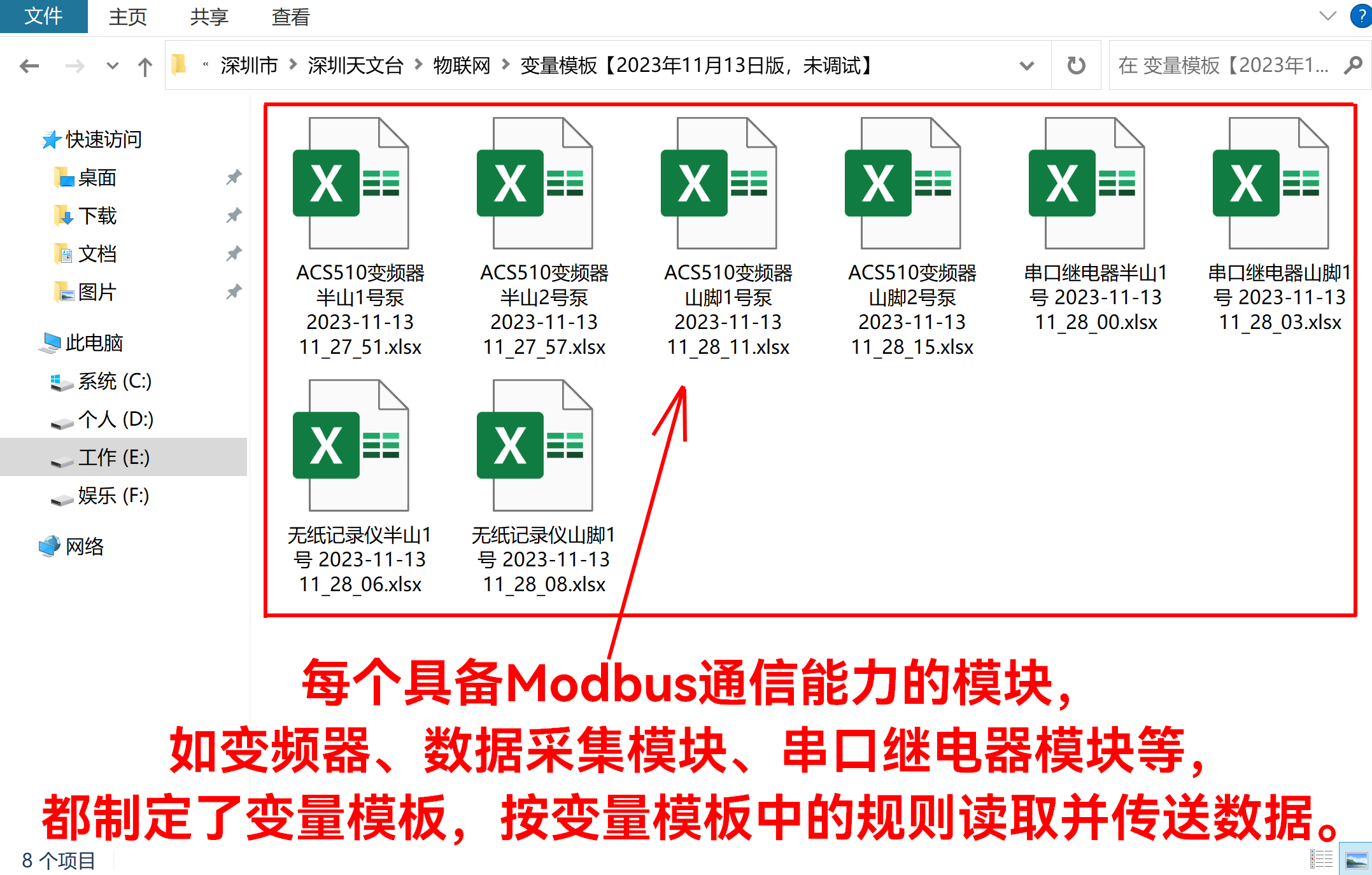
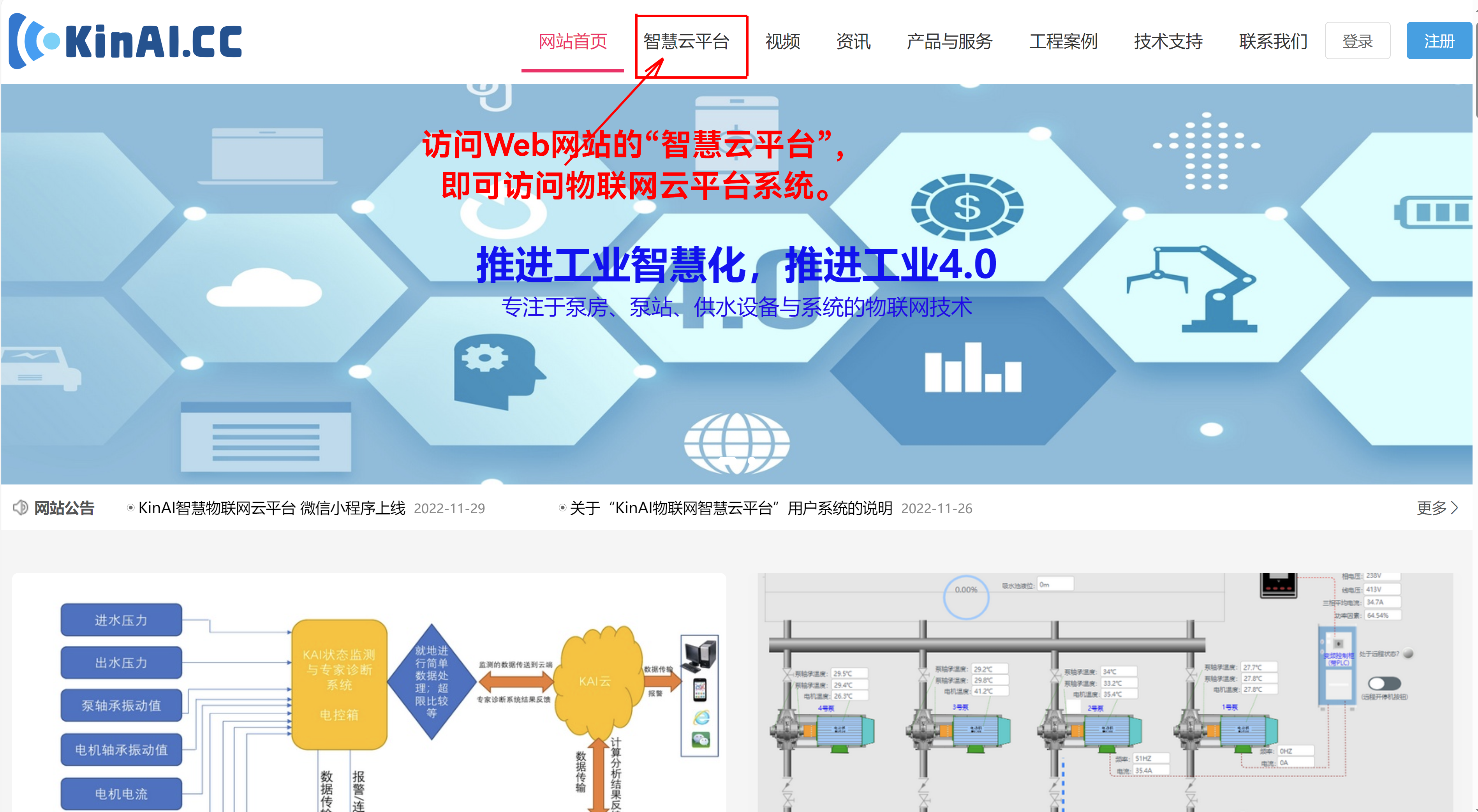
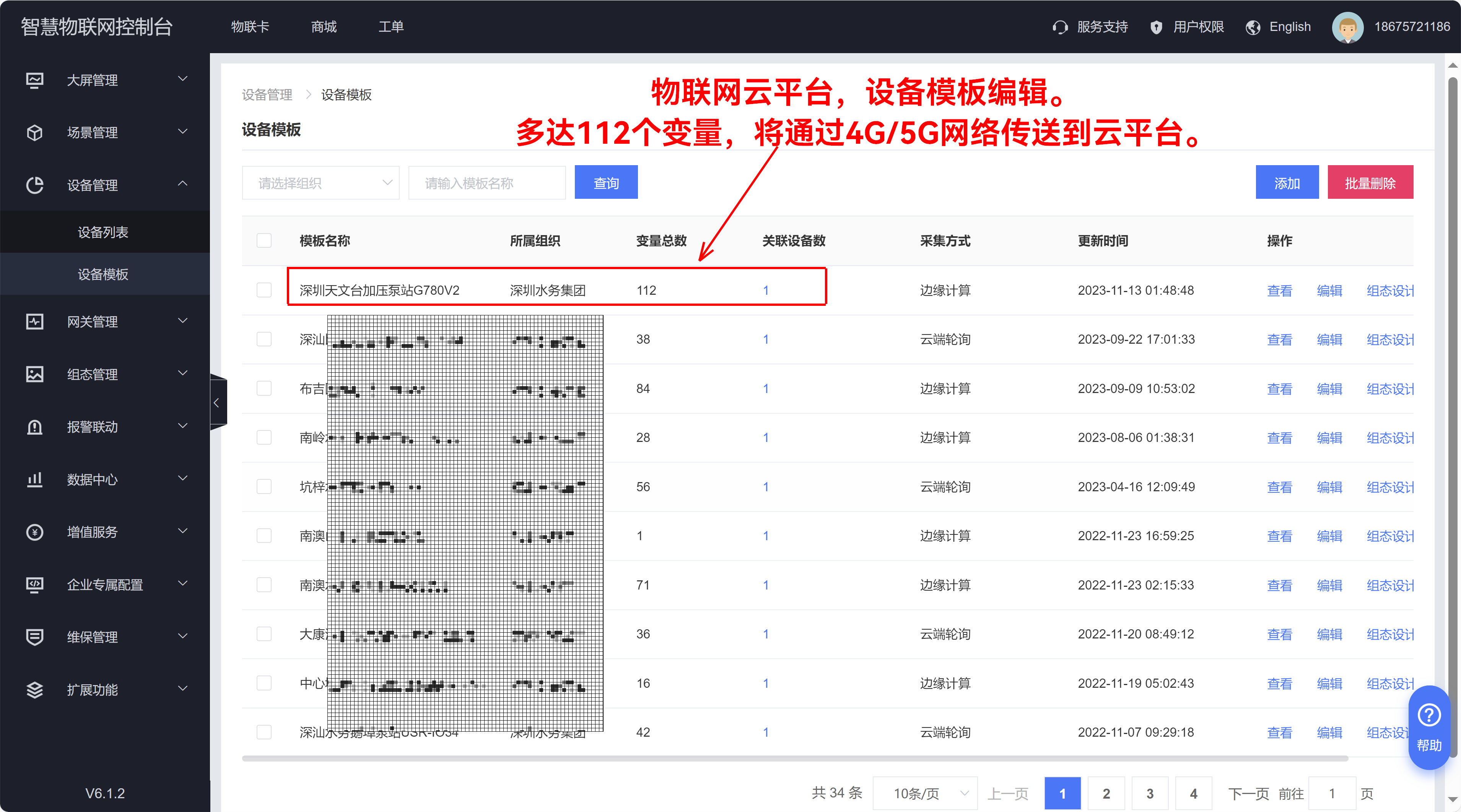
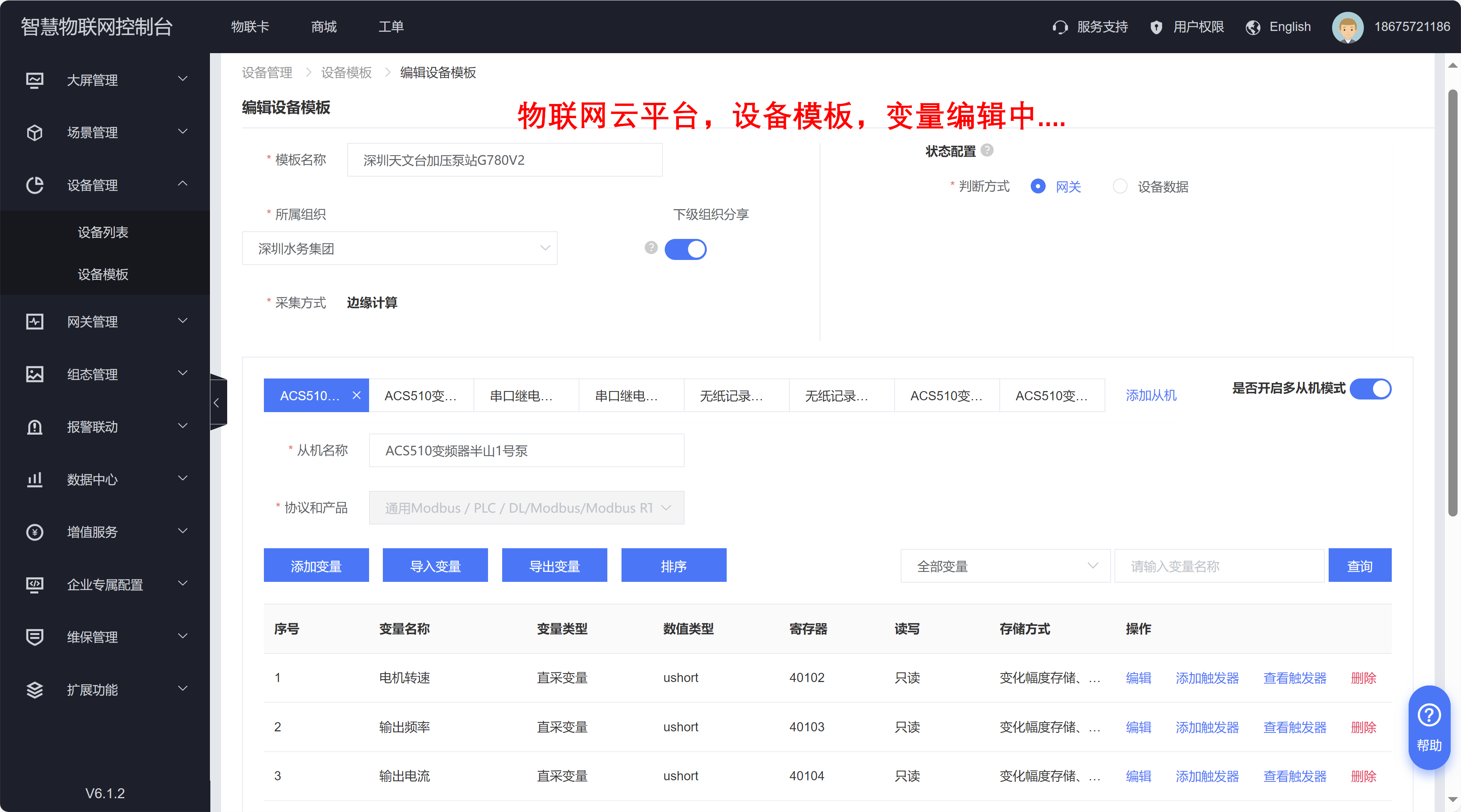
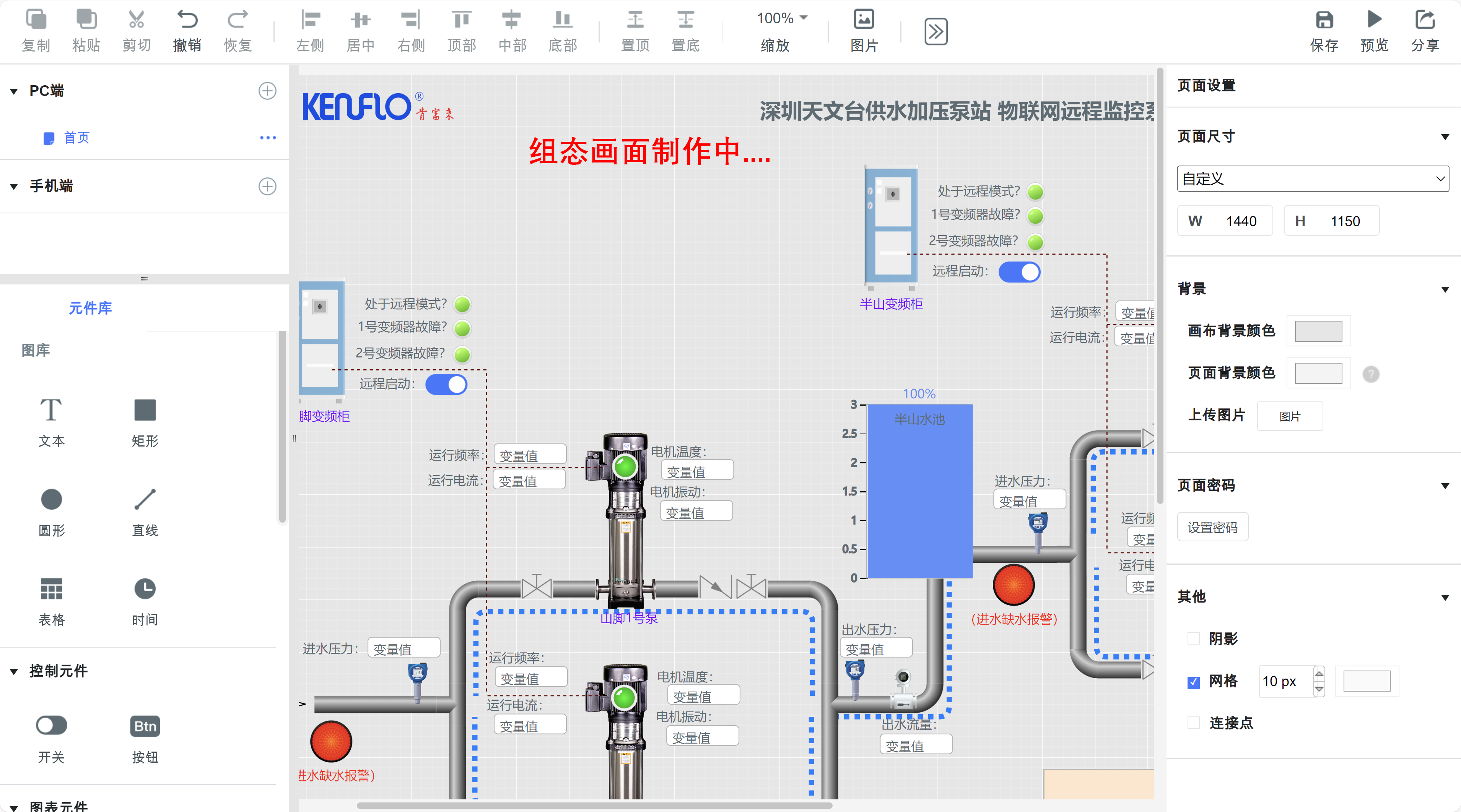
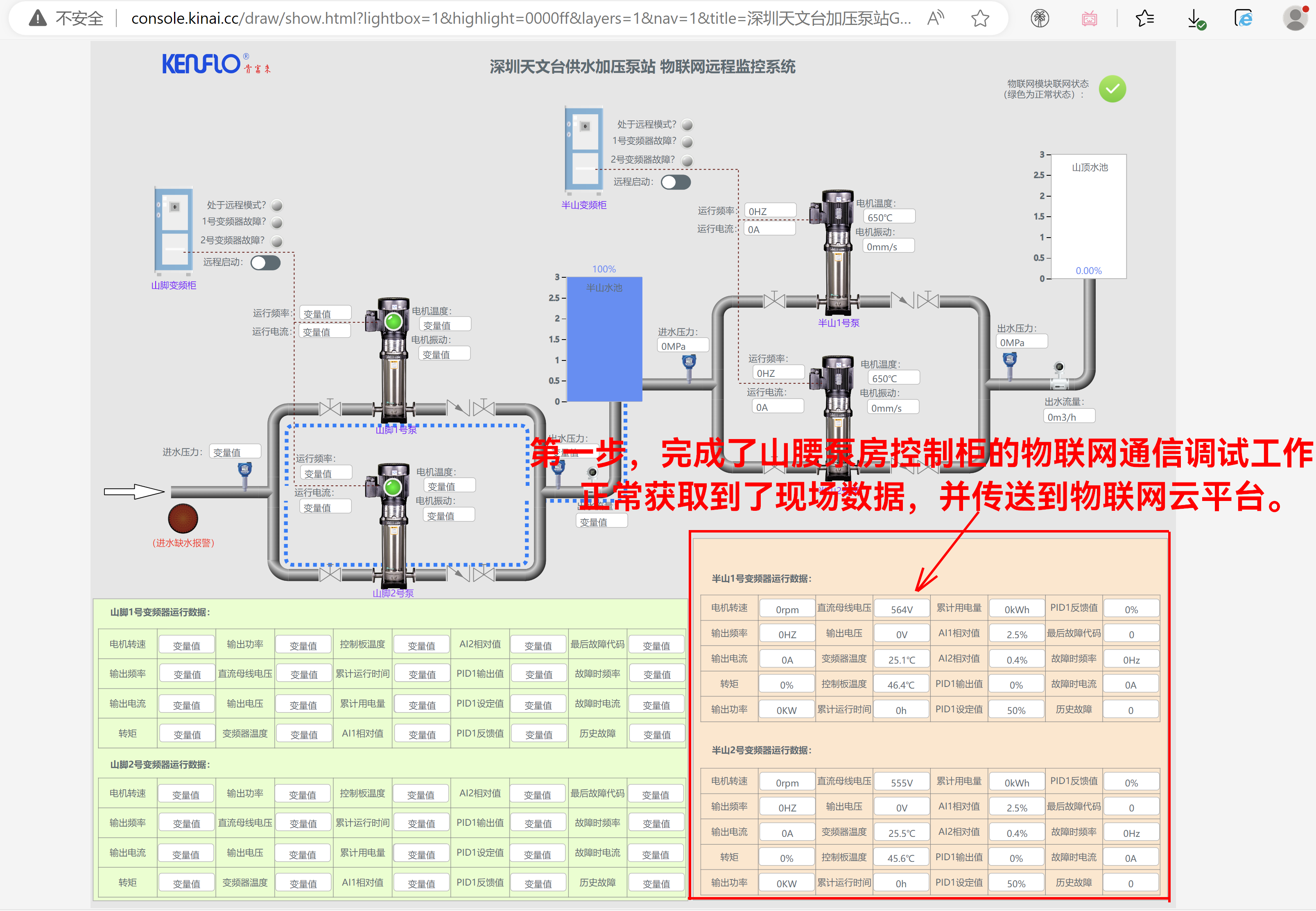
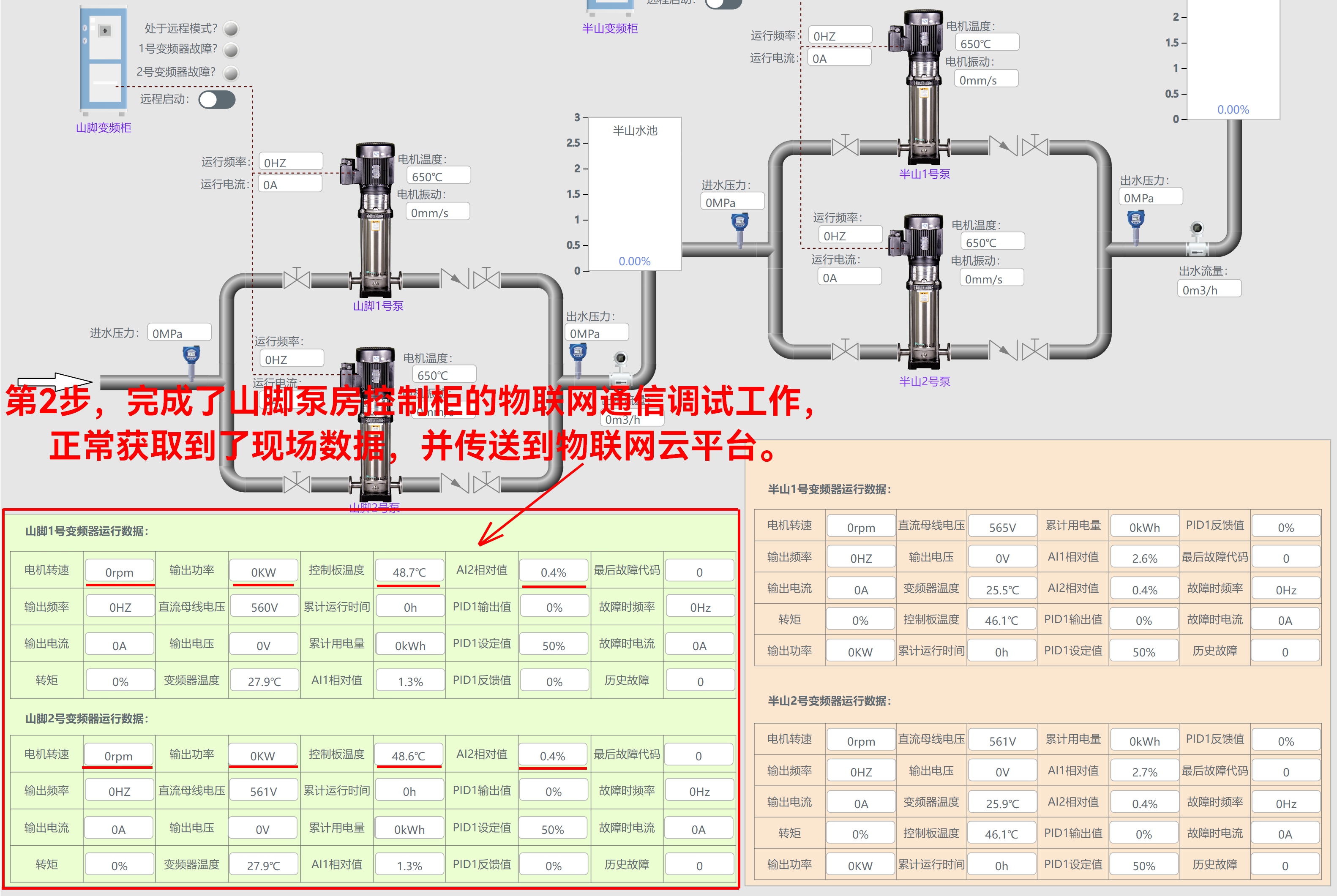
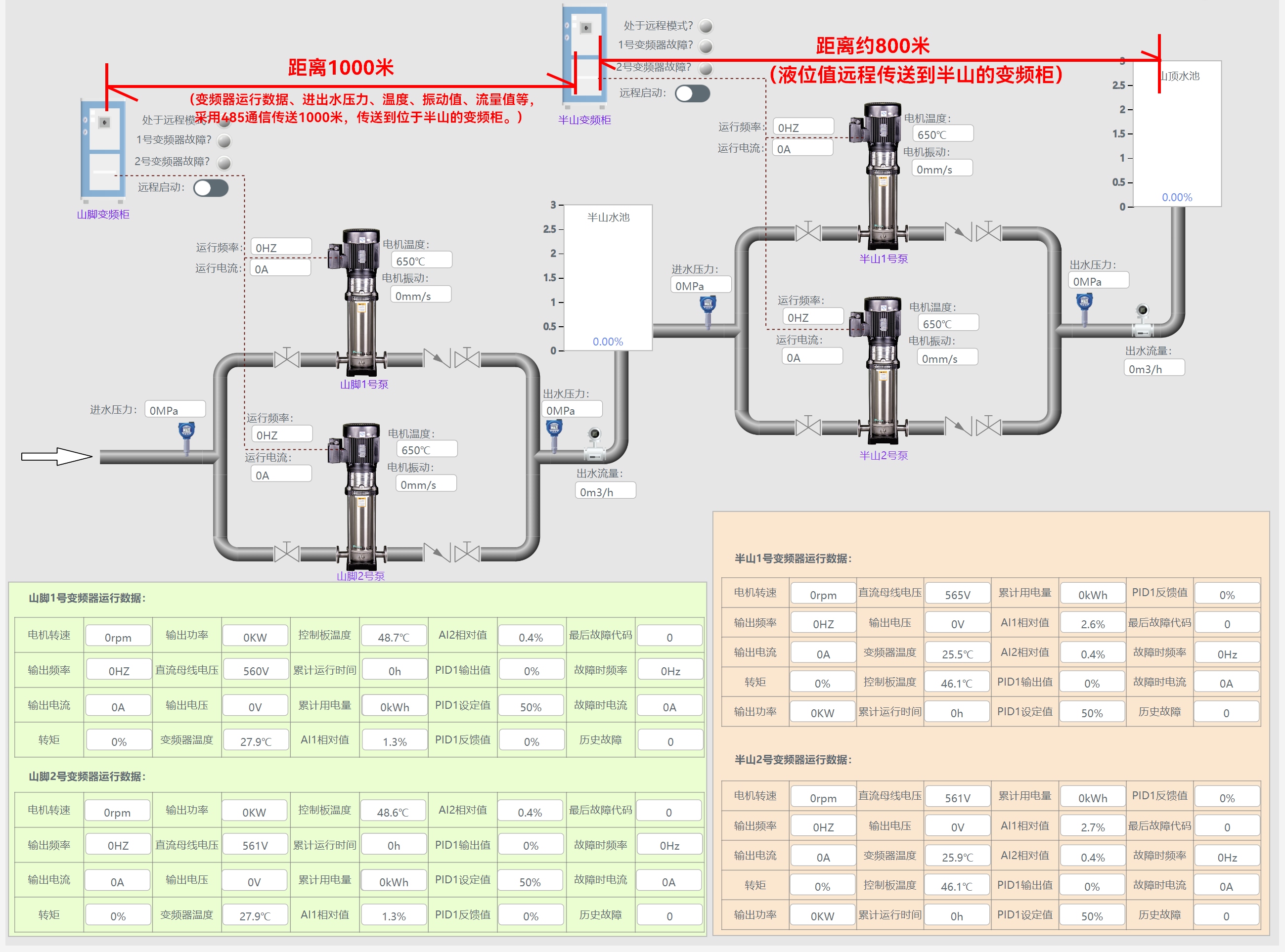
共有 0 条评论